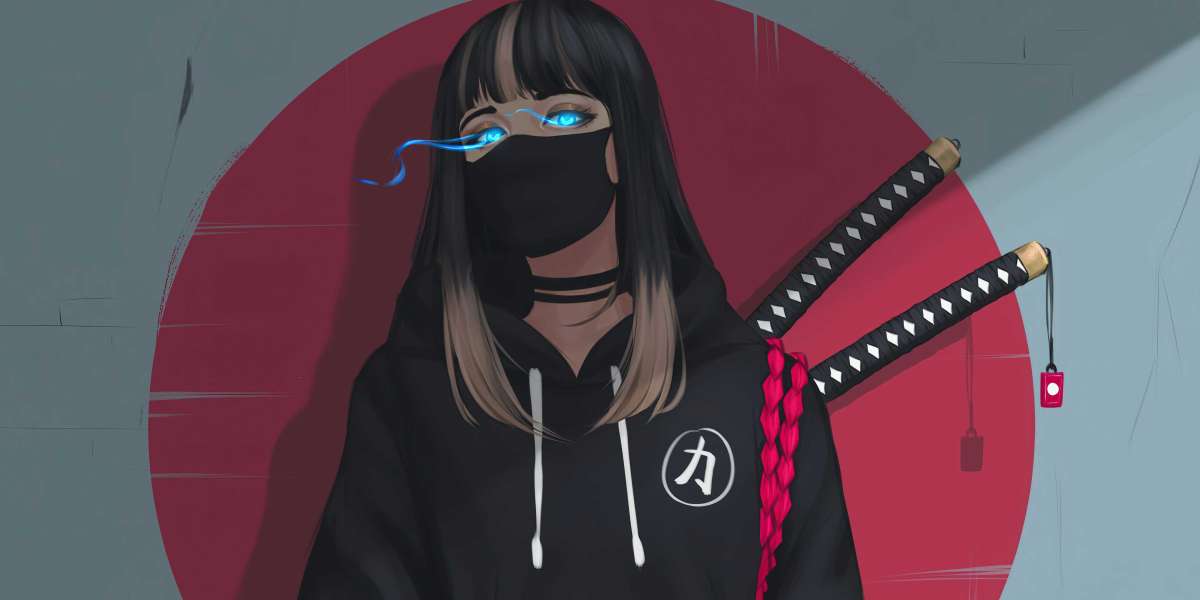Introduction:
In the summer of 1994, one of the darkest chapters in human history unfolded in Rwanda, a small country nestled in the heart of Africa. The Rwandan Genocide, occurring between April and July, was a systematic campaign of mass slaughter that took the lives of an estimated 800,000 people. Tensions between ethnic groups had been simmering for decades, but in the sweltering heat of August 1994, a devastating wave of violence erupted, forever leaving a scar on the collective memory of the world.
Body:
The Rwandan Genocide was primarily a result of long-standing ethnic divisions between the Hutu and Tutsi communities. The Hutus, comprising the majority of the population, held power in Rwanda for many years. However, during the colonial era, the Belgians favored the Tutsis and imposed a system that exacerbated the disparity between the two groups. This divisive ethnic classification established a dangerous foundation upon which future conflict would be built.
On the dark morning of April 6, 1994, a plane carrying the Hutu president, Juvénal Habyarimana, was shot down while preparing to land in the capital city of Kigali. This event was the catalyst for an outpouring of anger and resentment that had been building for years. Within hours of the attack, extremist Hutu leaders began coordinating a meticulously planned genocide.
Armed with machetes, clubs, and crude weapons, Hutu militia groups, known as the Interahamwe, fanned out across the country, going door to door, hunting down Tutsis and moderate Hutus who opposed the violence. Massacres became the norm, and the streets ran red with the blood of innocent men, women, and children. Radio stations, which had already been spewing hate speech, continued to fuel the fire, urging Hutus to kill their Tutsi neighbors.
As the brutality unfolded, the international community hesitated to intervene, subsequently allowing the carnage to escalate rapidly. Diplomatic efforts were sluggish, and the United Nations peacekeeping forces on the ground were severely ill-equipped and understaffed to stop the violence. The rest of the world watched in horror as the genocide unfolded, struggling to comprehend the magnitude and horror of the events taking place.
Conclusion:
By the time the genocide finally ended, three months later, almost 10% of Rwanda's population had been tragically wiped out. The impact of the Rwandan Genocide was profound, with long-lasting implications for the country and its traumatized survivors. The events of that dark summer in 1994 serve as a chilling reminder of humanity's capacity for cruelty and the importance of preventing such atrocities from ever happening again.



